Good news: the latest report from TRAFFIC, the organization created by WWF and IUCN to fight against the trafficking of species, indicates that the illegal trade in exotic birds from the Amazon region has decreased in recent decades. Without embargo, there are still many who are victims of trafficking.🤔🤔
Una buena noticia: el último informe de TRAFFIC, el organismo creado por WWF y UICN para luchar contra el tráfico de especies, señala que el comercio ilegal de aves exóticas provenientes de la región amazónica ha disminuido en las últimas décacadas. Sin embargo, aún son muchas las que siguen siendo víctimas del tráfico.🛑💯
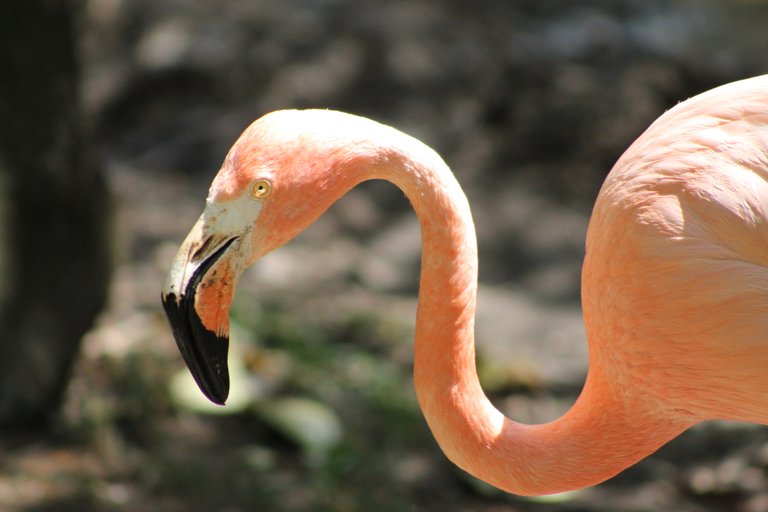
WHAT THE BIRDS STILL?💔😥, LO QUE CALLAN LAS AVES¿?🧠👍
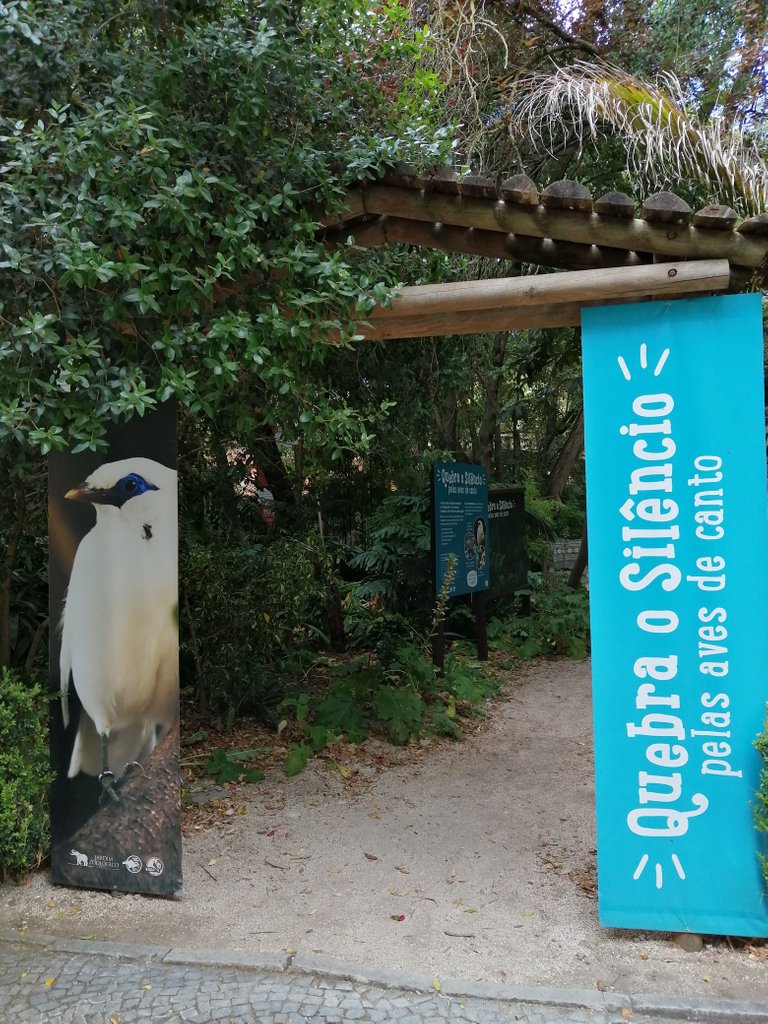
“A bird's eye view: lessons from 50 years of regulation and conservation of the bird trade in Amazonian countries”, is the report published by TRAFFIC in which the evolution of the exotic bird trade is analyzed since it was banned in 1960 and up to 2016 in Brazil, Colombia, Ecuador, Guyana, Peru and Suriname. According to this study, legal trade has declined in recent years, but due in large part to the fact that they are bred in captivity in consuming countries.🤩🤩
“A vista de pájaro: lecciones de 50 años de regulación y conservación del comercio de aves en los países amazónicos”, es el informe que publica TRAFFIC en el que se analiza la evolución del tráfico de aves exóticas desde que se prohibió en 1960 y hasta 2016 en Brasil, Colombia, Ecuador, Guyana, Perú y Surinam. Según este estudio, el comercio legal ha disminuido en los últimos años, pero debido, en gra parte a que se crían en cautividad en los países consumidores.👨🏫👨🎓
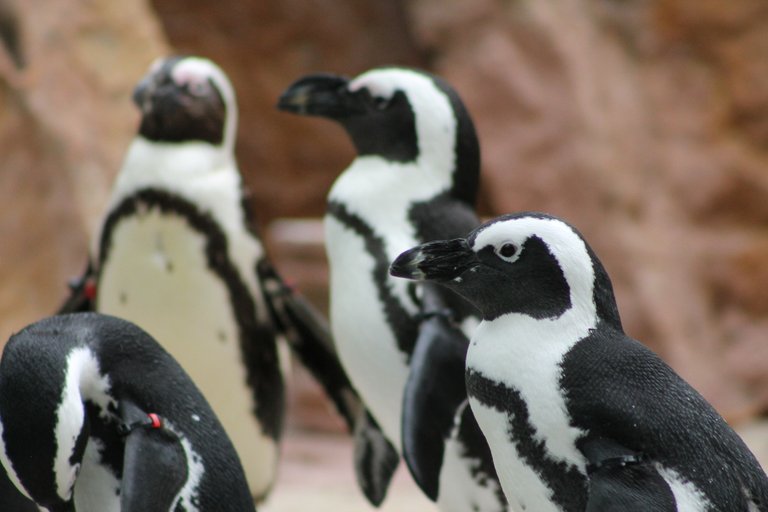
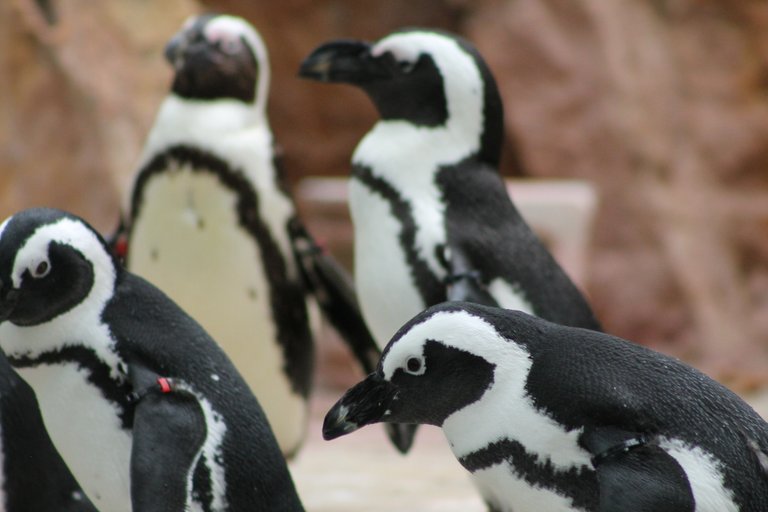
The commercialization of birds and their products from the region dates back many years: since the middle of the 19th century, many tons of bird feathers were exported, especially hummingbirds and tanagers, for the fashion market. This demand involved the hunting of millions of birds over several decades. The report also highlights that Spain is in the top 10 of the countries that have traded the most birds with species from South America. Our country is the gateway to Europe for a wide variety of animals from illegal traffic.🕵️♀️🕵️♂️
La comercialización de aves y sus productos desde la región data de muchos años: desde mediados del S. XIX se exportaron muchas toneladas de plumas de aves, sobretodo colibríes y tangaras, para el mercado de la moda. Esta demanda implicó la caza de millones de aves a lo largo de varias décadas. En el informe se destaca, además, que España se sitúa en el top 10 de los países que más aves ha comercializado con especies procedentes de Sudamérica. Nuestro país es puerta de entrada a Europa de una gran variedad de animales procedentes del tráfico ilegal.🦃🦅🦢
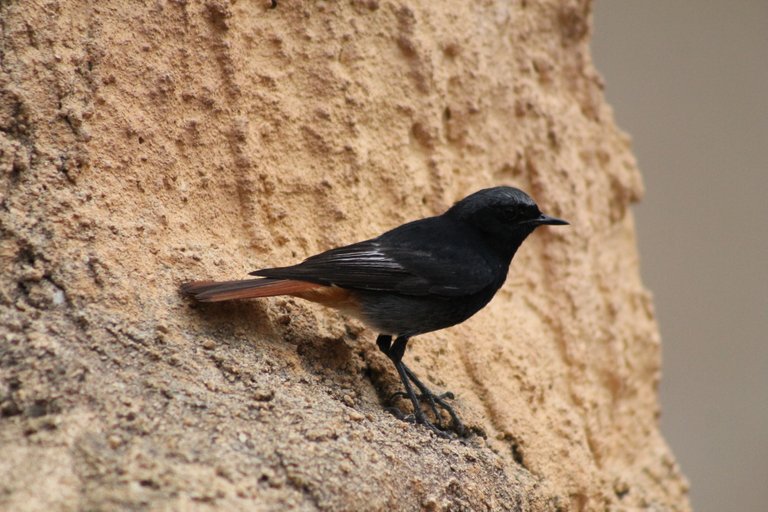
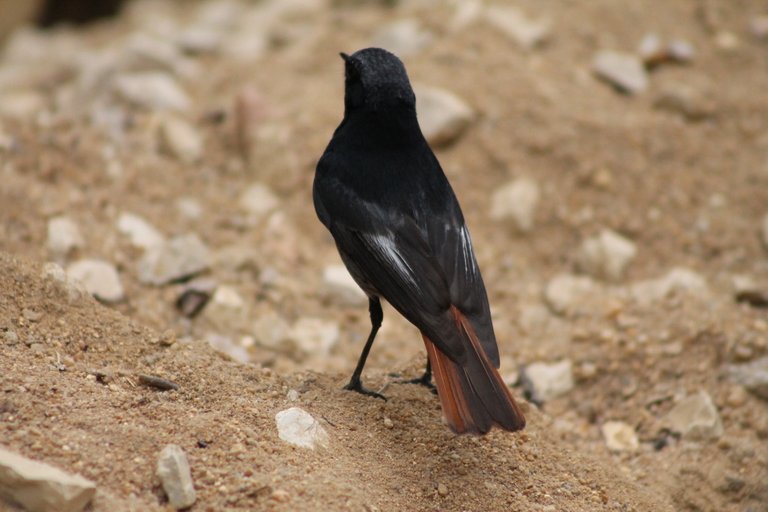
After decades of exploitation and decline of many bird populations, in 1967 Brazil became the first South American country to ban the trade in wild animals, establishing captive breeding as an economic alternative with less impact on the conservation of hunted species. The illegal wildlife trade in the region then begins.🤔🤔
Después de décadas de explotación y disminución de muchas poblaciones de aves, en 1967 Brasil se convirtió en el primer país sudamericano en prohibir el comercio de animales silvestres, estableciendo la cría en cautiverio como alternativa económica de menor impacto sobre la conservación de las especies cazadas. Se da inicio entonces el comercio ilegal de vida silvestre en la región.😅😅
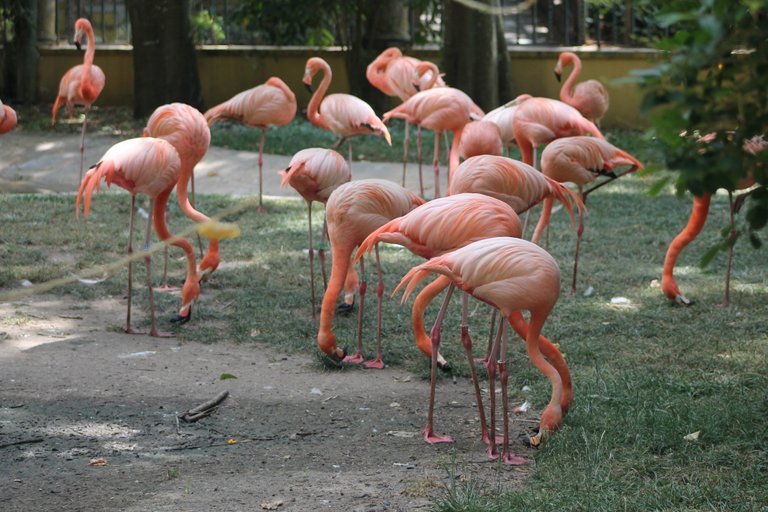
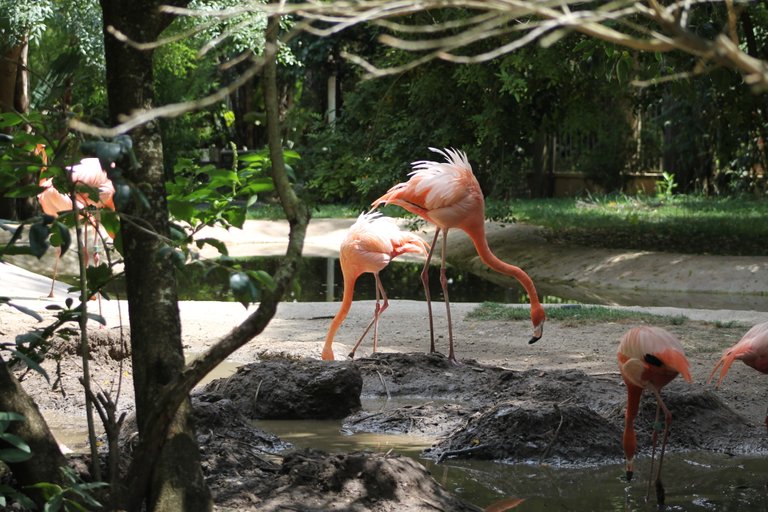
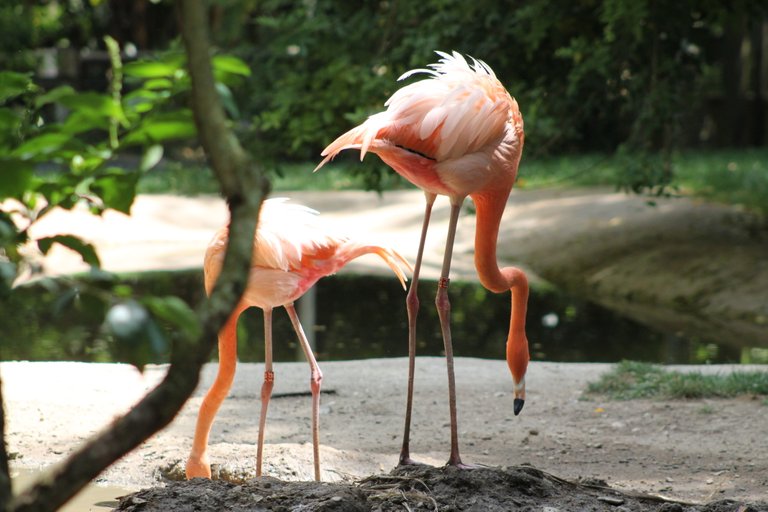
During the subsequent decades, hundreds of thousands of birds were captured in all countries to supply international trade, many of them through legal channels in countries where their export was not yet prohibited (such as Argentina, Bolivia or Paraguay). More than 30,000 birds confiscated🙂🙂
Durante las décadas posteriores, cientos de miles de aves fueron capturadas en todos los países para abastecer el comercio internacional, muchas de ellas a través de canales legales en países en los que aún no estaba prohibida su exportación (como Argentina, Bolivia o Paraguay). Más de 30.000 aves confiscadas😥😥
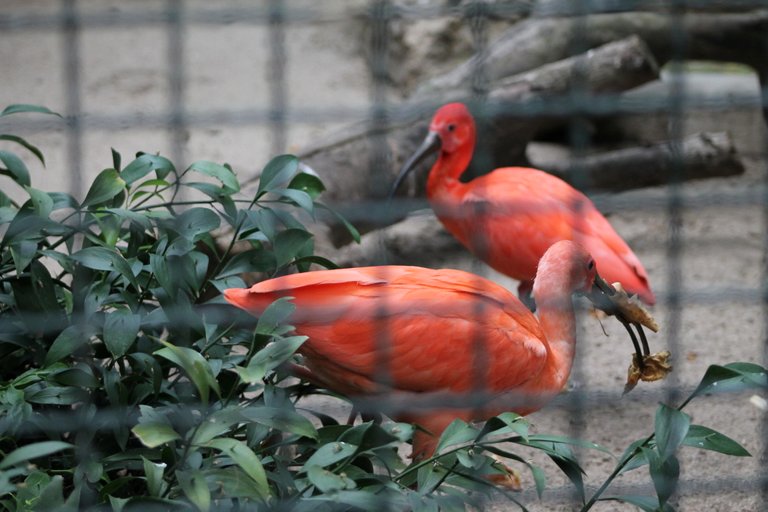
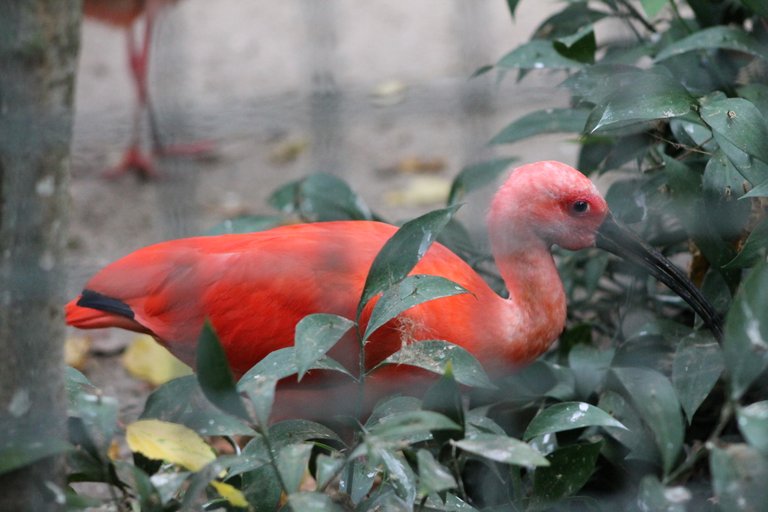
Although bans have led to the disappearance of the sale of birds on the streets of almost every city in South America, much of that trade has been hidden. Peru, recipient and source of wild bird species, is the biggest regional challenge, although Brazil continues to have a serious problem with the internal trade in songbirds. Every year between 30,000 and 35,000 birds are confiscated in that country, a number that has not changed significantly in the last 15 years.😶😶
Aunque las prohibiciones han provocado la desaparición de la venta de aves en las calles de casi todas las ciudades de Sudamérica, una buena parte de ese comercio se ha ocultado. Perú, receptor y fuente de especies de aves silvestres, es el mayor desafío regional, aunque Brasil sigue teniendo un grave problema con el comercio interno de aves cantoras. Cada año se confiscan en ese país entre 30.000 y 35.000 aves, un número que no ha variado significativamente en los últimos 15 años.😲😲
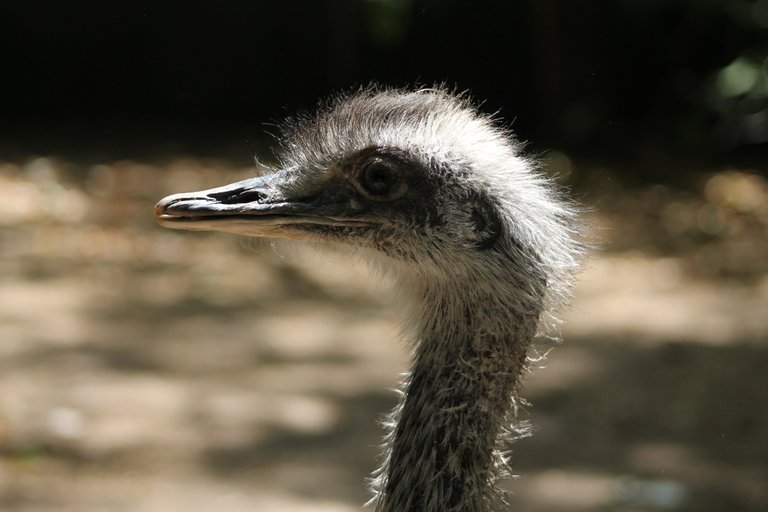
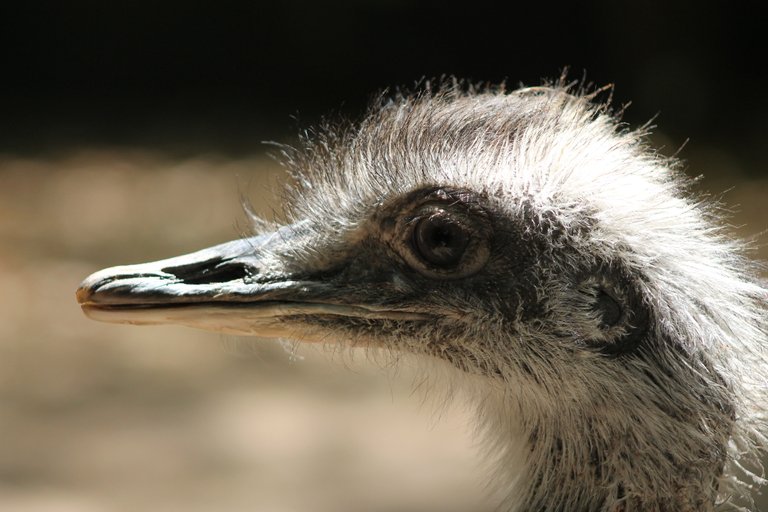
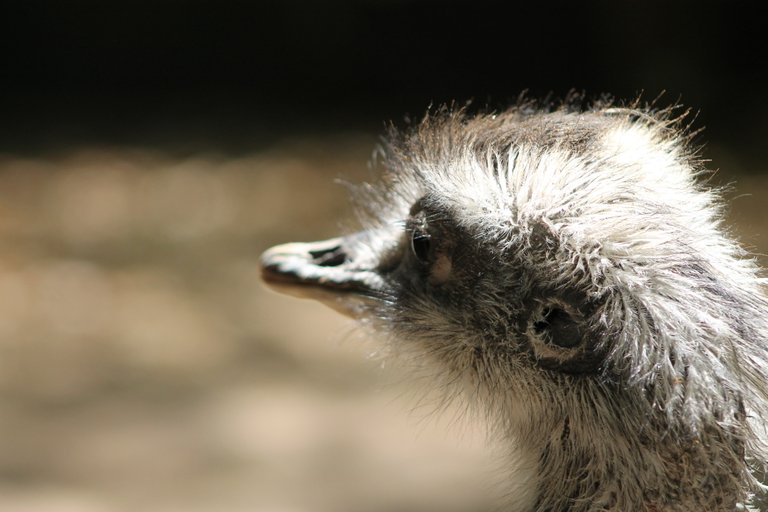
As for illegal international trade, Brazil now faces the extraction of eggs of various species, which are taken to Portugal where there are around 60 direct flights. "The eggs are transported tied to the bodies of the passengers to maintain the optimum temperature of incubation during the trip of 10 to 14 hours", explains the book. In 2003, for example, most of the eggs confiscated on airplanes were from Amazonas del Cerrado or Yellow-faced Parrot (Alipiopsitta xanthops), so it is suspected that there are poachers specialized in meeting specific consumer requests in Europe.🙂🙂
En cuanto al comercio ilegal internacional, Brasil enfrenta ahora la extracción de huevos de diversas especies, que se llevan a Portugal hacia donde hay alrededor de 60 vuelos directos. “Los huevos se transportan atados a los cuerpos de los pasajeros para mantener la temperatura óptima de incubación durante el viaje de 10 a 14 horas”, explica el libro. En el 2003, por ejemplo, la mayoría de huevos confiscados en los aviones eran de Amazonas del Cerrado o Loro cara amarilla (Alipiopsitta xanthops), se sospecha, entonces, que existen cazadores furtivos especializados en atender pedidos específicos de consumidores en Europa.😮😮
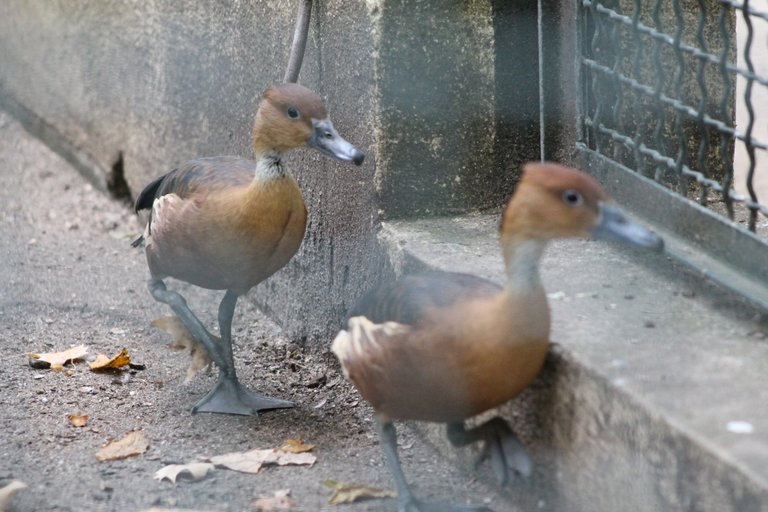
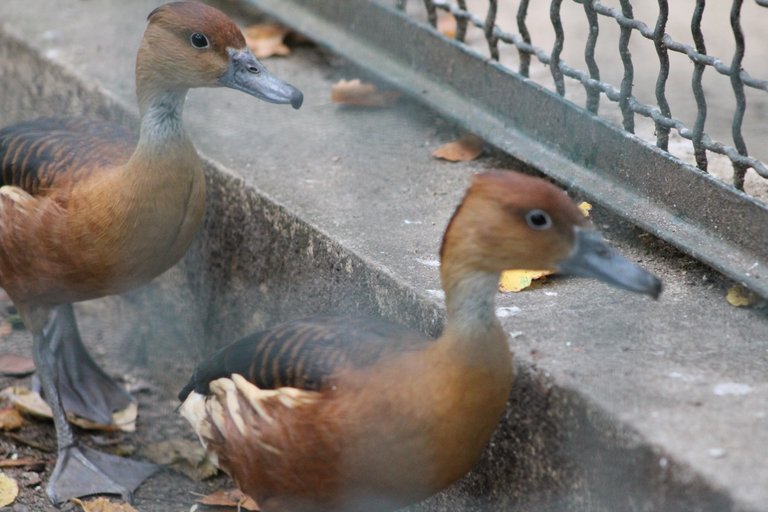
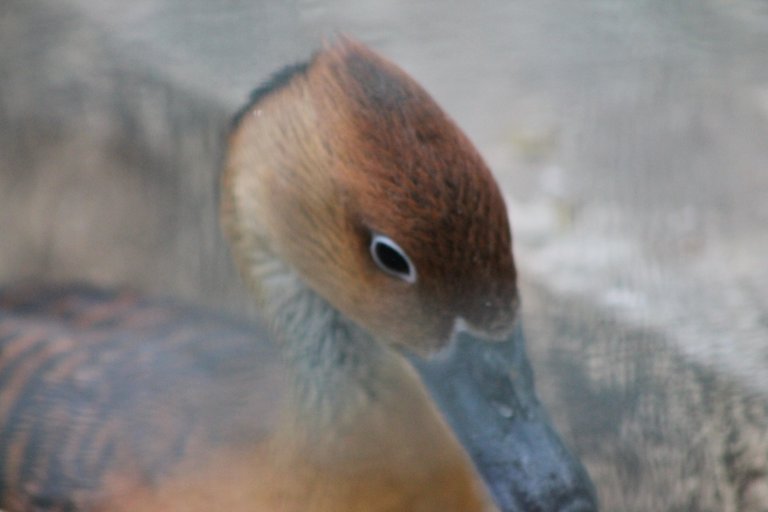
"We are going towards a disaster," says Ortiz in the conversation with Mongabay Latam. Mainly, he says, because the loss of habitat must be added to the pressure for the extraction of individuals. "Then the threats are potentiated and exceed the capacity of the species to regenerate."⭕📛❌
“Vamos hacia un desastre”, asegura Ortiz en la conversación con Mongabay Latam. Principalmente —dice— porque a la pérdida del hábitat hay que sumarle la presión por la extracción de los individuos. “Entonces las amenazas se potencian y superan la capacidad de las especies de regenerarse”.📛🛑🛑
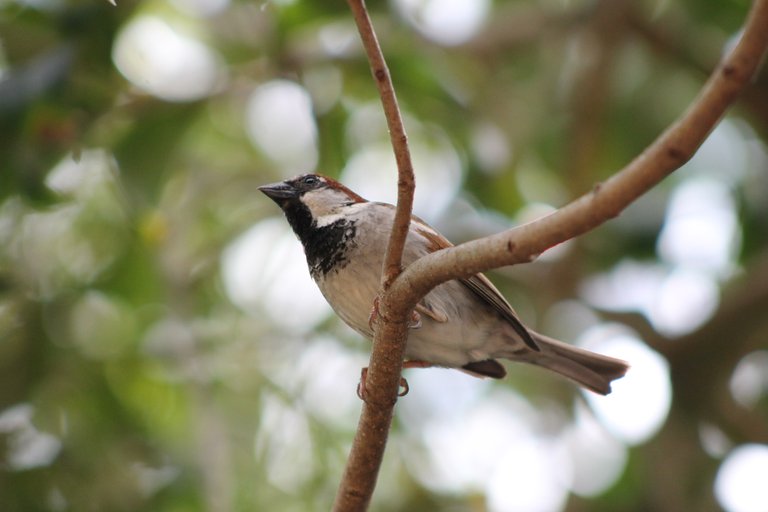
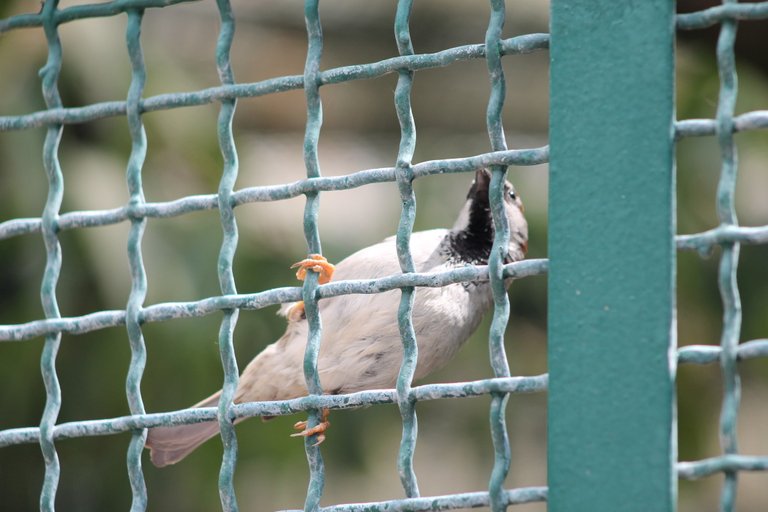
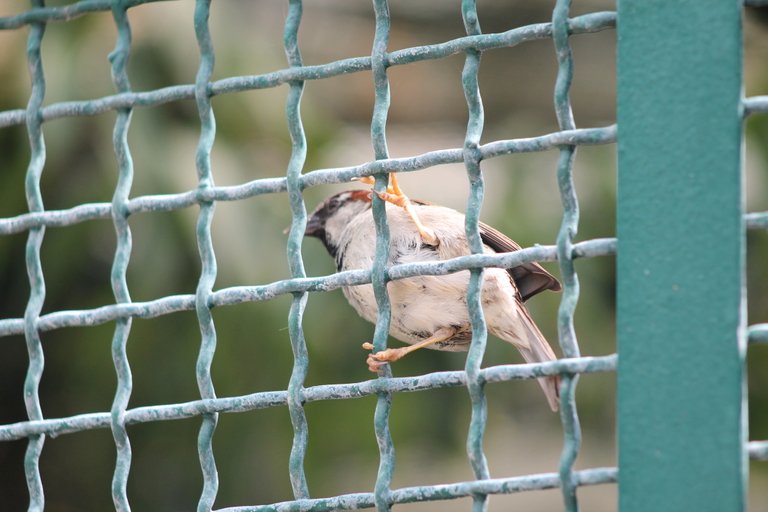
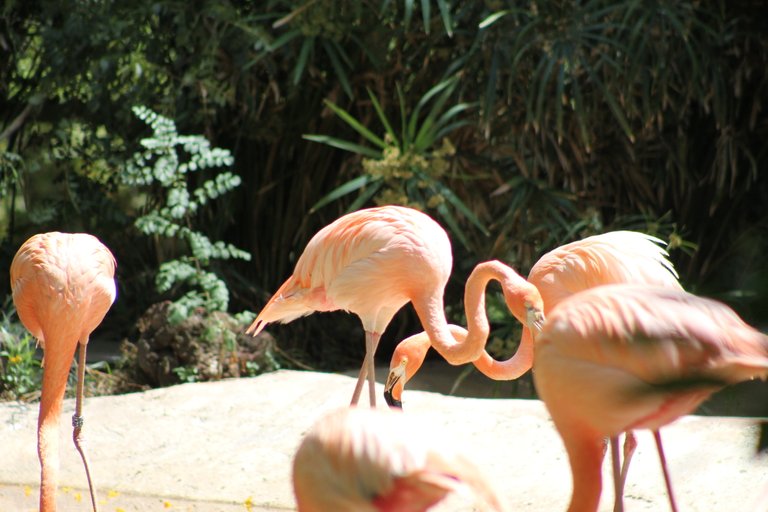
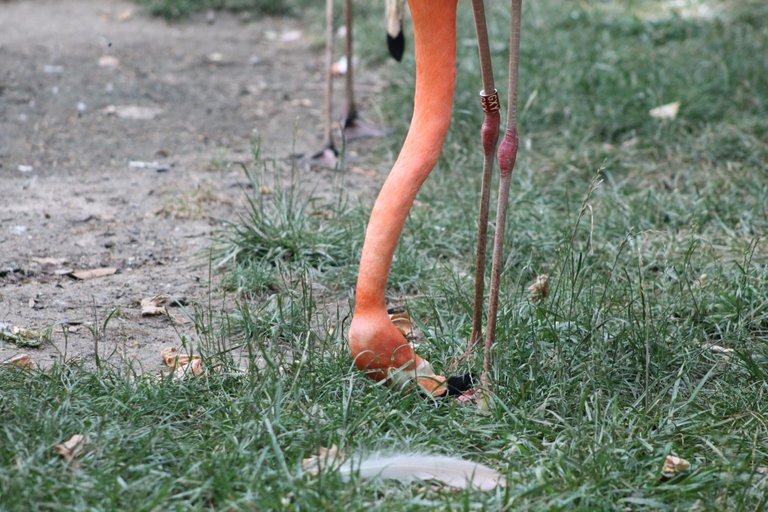
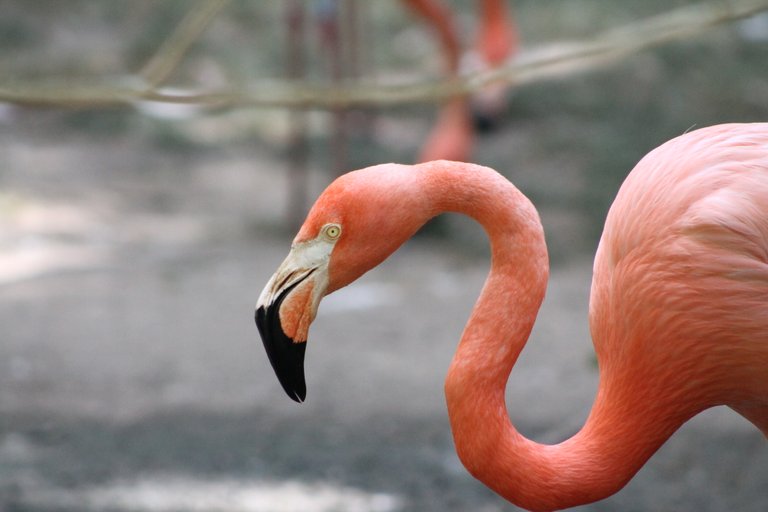



If you buy, accept as a gift or give a turtle or a parrot, an iguana or a monkey, or any other wild animal, you become part of the wildlife trafficking chain.🅾⭕❌
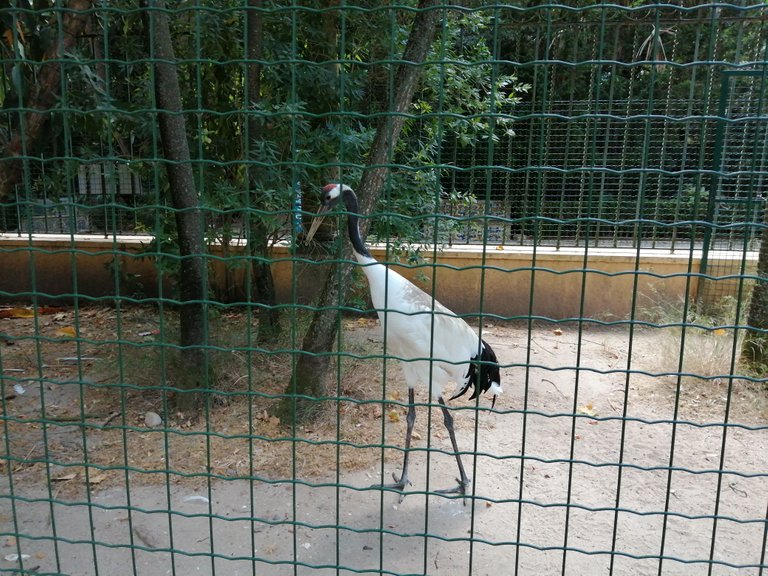
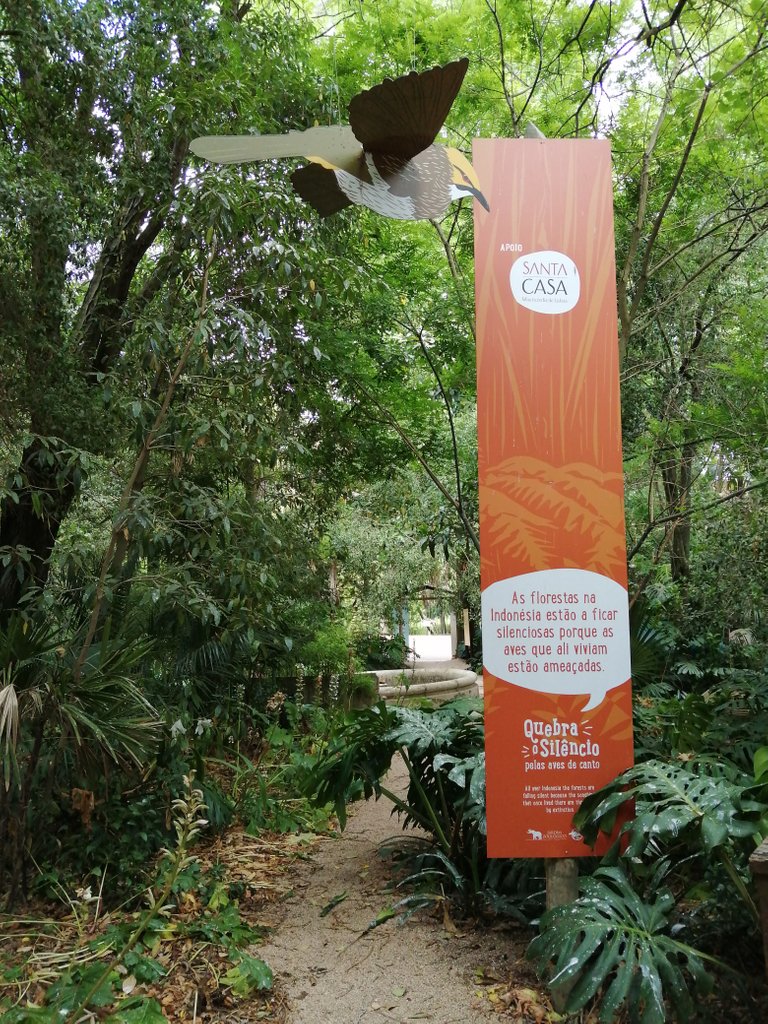
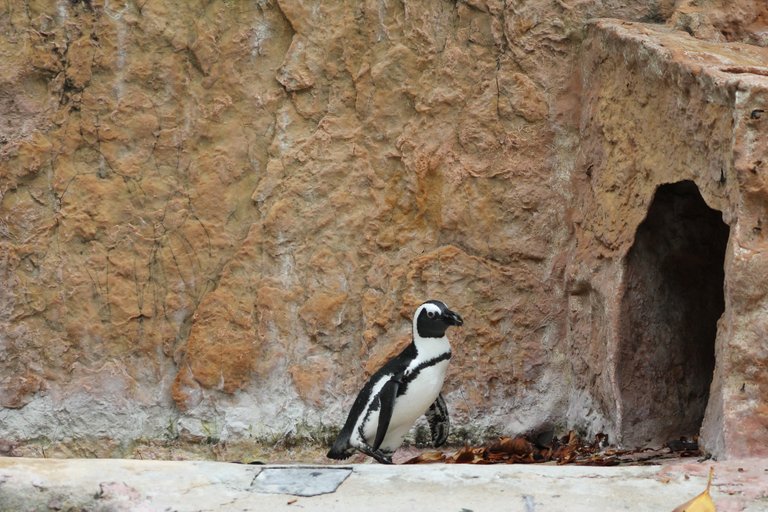
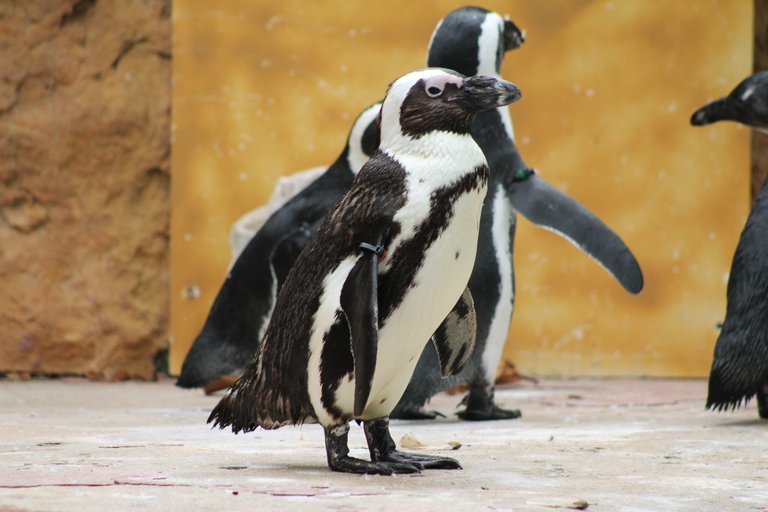
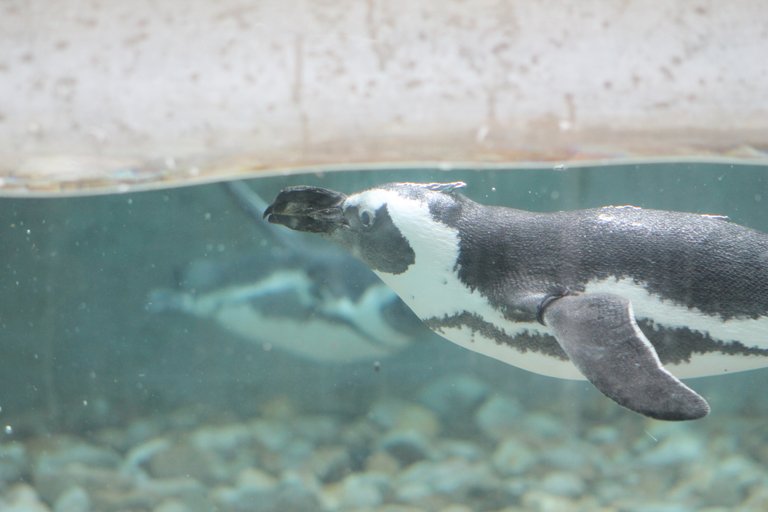

DNA - Densifying Nature-Appreciation :

DNA is an organization to foster and DENSIFY NATURE-APPRECIATION which aims to establish REPORTS OF BIODIVERSITY DATA that is contributed by all of us Hiveans and subsequently cataloged.
Therefore DNA searches for HIGH-QUALITY posts that aim to DESCRIBE and determine the BIODIVERSITY AROUND YOU with added EXPLANATIONS and INFORMATION. For these informative posts they offer a CURATION SERVICE using the @dna.org account. It is also a CURATION TRAIL. Just add the #dna TAG if you think that any of your posts is what they are looking for.


THANKS FOR READING ME🙂, PHOTOS OF MY PROPERTY🧠🦾👍
https://www.parquedasaves.com.br/nosso-trabalho/o-problema/trafico/ https://traficoespecies.wwf.es/blog/disminuye-el-trafico-de-aves-tropicales-en-sudamericahttps://es.mongabay.com/2019/02/trafico-de-aves-peru-brasil-colombia-ecuador/ https://www.cali.gov.co/dagma/publicaciones/46100/los_animales_silvestres_no_son_mascotas/
BYEEE!!!! / CHAOO🙋♂️👍



































Yay! 🤗
Your content has been boosted with Ecency Points, by @oscurity.
Use Ecency daily to boost your growth on platform!
Support Ecency
Vote for Proposal
Delegate HP and earn more
I've always thought certain turtles, parrots, and even iguanas as normal pets. Of course, I'm sure the ones you are talking about are probably more exotic species than I've seen before.
Actually I think it is more aimed at third world countries, because if you want an exotic animal you go to a pet store, but for example in Brazil, Colombia, Venezuela people take them from the jungle, who would pay 500 euros for a parrot when you grab from the jungle.
Points Boosting refund to @oscurity! 🤓
Due to one of these reasons:
1. Post is not published via Ecency.
2. Post is already curated by our team.
3. Post is not curated by our curators within 24 hours.
4. Post might be older than 2 days, try more recent content.
5. Author already received vote in last few hours, try again later.
Install Android: https://android.ecency.com, iOS: https://ios.ecency.com mobile app or desktop app for Windows, Mac, Linux: https://desktop.ecency.com
Learn more: https://ecency.com
Join our discord: https://discord.me/ecency